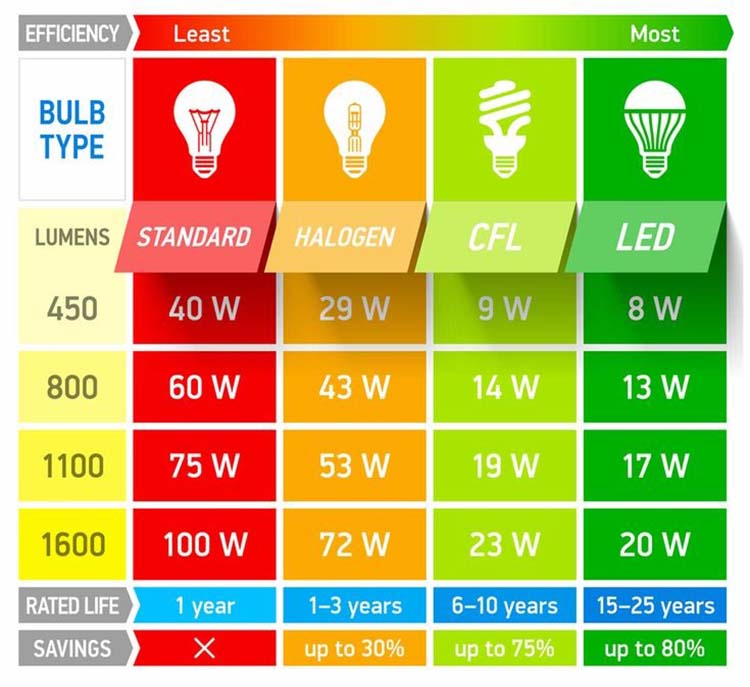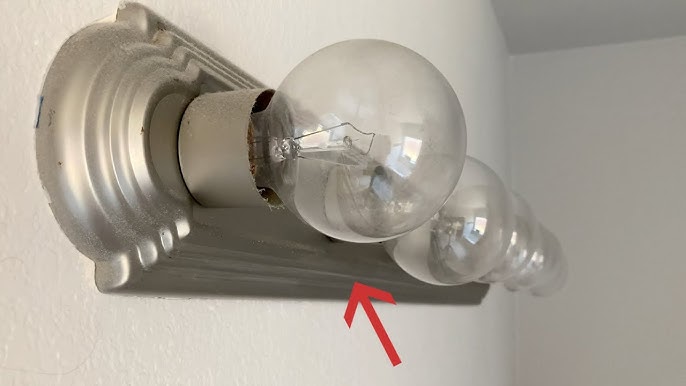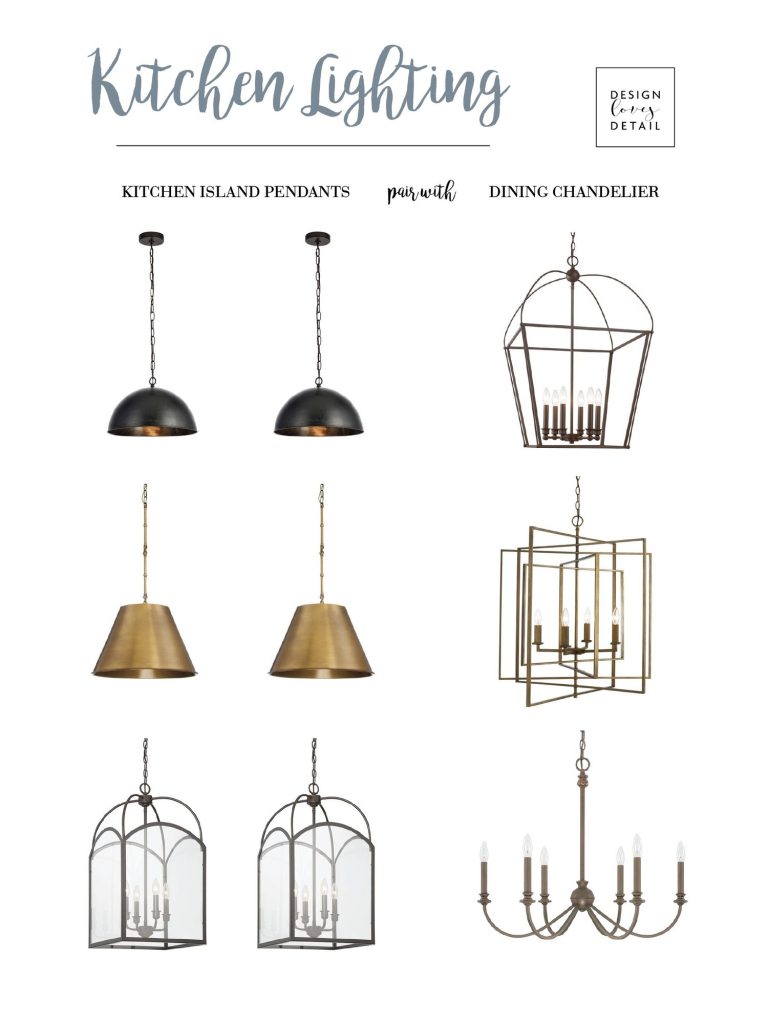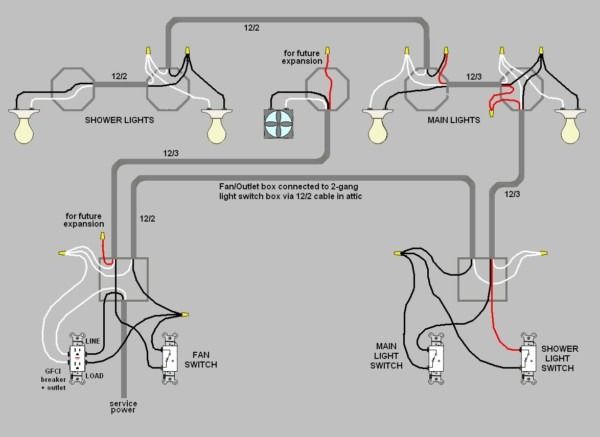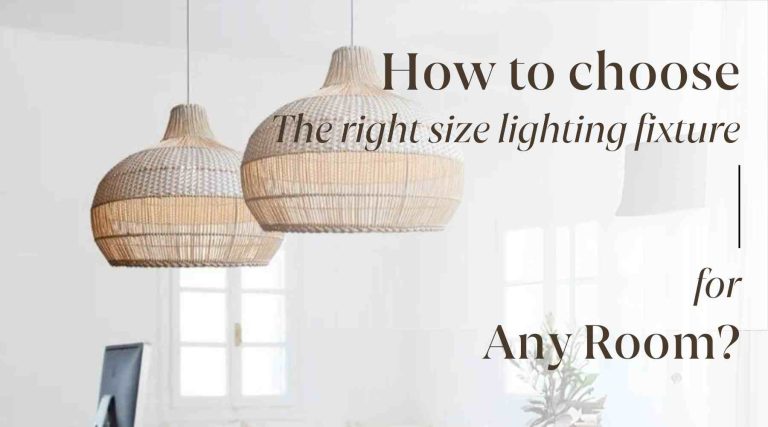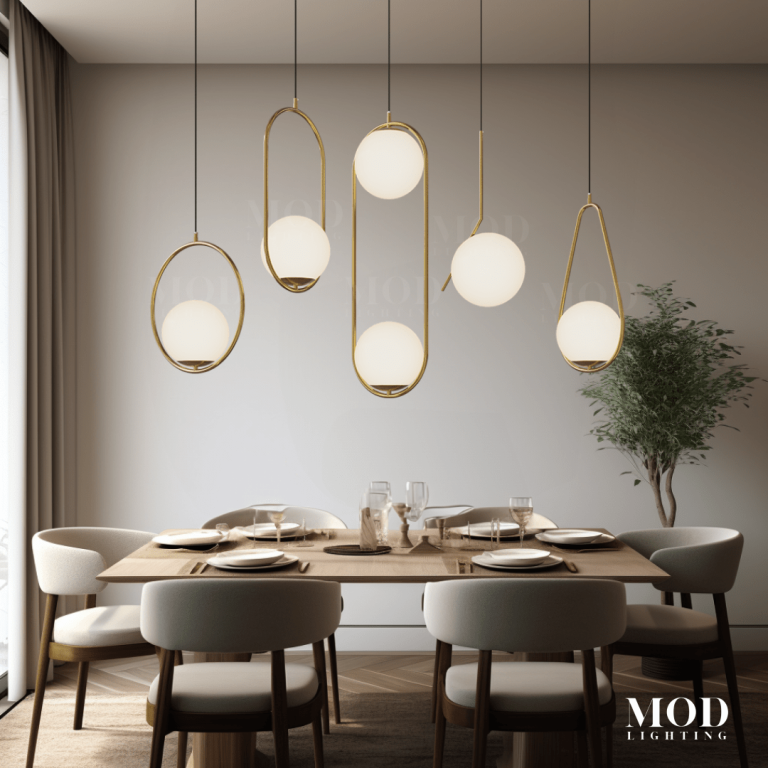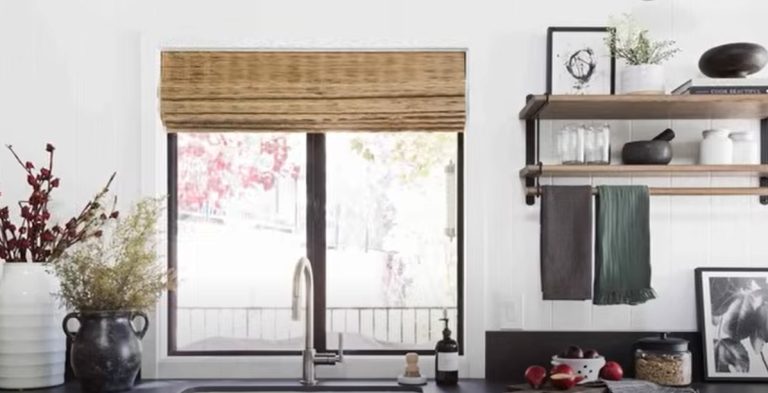What Watt Light Bulb for Kitchen? Ultimate Guide
What watt light bulb for kitchen? For kitchen lighting, use 60 to 100-watt equivalent bulbs (800 to 1600 lumens). Choose higher wattage for task areas like countertops or islands. Use LED bulbs labeled “bright white” or “daylight” (3000K–5000K) for clear visibility. Ensure fixtures support the bulb’s wattage to prevent overheating.
Have you ever wondered if your current kitchen lighting is truly serving you? Maybe you’ve felt that it’s too dim while preparing meals or too harsh during a late-night snack raid. The right wattage can transform your kitchen experience, making it more functional and inviting.
You’ll discover how to select the ideal watt light bulb that fits your kitchen’s needs, ensuring a perfect balance of brightness, energy efficiency, and style. Let’s dive in, and light up your culinary adventures with the knowledge you need to make the best choice!

Credit: www.dowsingandreynolds.com
What Watt Light Bulb for Kitchen?
Choosing The Right Wattage
Choosing the right wattage for your kitchen light bulbs affects your space. Proper lighting enhances cooking efficiency and comfort. It highlights the kitchen’s design and ambiance. Different wattages serve different purposes. Understanding these can help you make informed decisions.
Understanding Wattage And Lumens
Wattage measures energy use, not brightness. Lumens indicate light output. Higher lumens mean brighter light. Choose bulbs based on lumens for optimal brightness.
Task Lighting Needs
Task lighting is crucial for kitchen activities. Preparing meals requires bright light. Opt for bulbs with 75 to 100 watts. This provides clear visibility for chopping and cooking.
Ambient Lighting Choices
Ambient lighting sets the mood. It should be softer than task lighting. Bulbs with 40 to 60 watts work well here. They create a warm and inviting atmosphere.
Accent Lighting Options
Accent lighting highlights features. It adds depth to your kitchen design. Use bulbs with 20 to 40 watts. This wattage offers subtle illumination without overpowering.
Energy-efficient Alternatives
Consider LED bulbs for energy efficiency. They use less power for the same brightness. LEDs can range from 5 to 15 watts. They are long-lasting and cost-effective.
Balancing Light And Energy Use
Balance is key in kitchen lighting. Combine different wattages for varied effects. Ensure energy use is efficient. This approach enhances both functionality and aesthetics.
Importance Of Lumens
Choosing the right light bulb wattage for your kitchen involves understanding lumens. Lumens measure brightness, not watts. A kitchen needs bright lighting, typically 5,000 to 10,000 lumens. This ensures safety and clarity while cooking. Opt for LED bulbs, which offer high lumens with lower wattage, saving energy and costs.
When choosing the right watt light bulb for your kitchen, understanding the importance of lumens is crucial. Lumens measure the brightness of a light bulb, not wattage. This distinction is vital because it determines how well your kitchen is illuminated. You want your kitchen to be bright and inviting, yet comfortable for cooking and dining. Think about those times when you struggled to read a recipe or properly chop vegetables under dim lighting. The right lumens can transform your kitchen experience.
What Are Lumens?
Lumens are the units that measure the amount of light emitted by a bulb. More lumens mean a brighter light, similar to how a higher wattage used to indicate more brightness. If you’re replacing old incandescent bulbs, check their lumens to match brightness with newer LED options. A 60-watt incandescent bulb typically provides around 800 lumens. This comparison helps ensure your kitchen lighting remains consistent.
How Many Lumens Does Your Kitchen Need?
The number of lumens your kitchen needs depends on its size and layout. A small kitchen might require about 5,000 lumens spread across various fixtures. Larger kitchens or those with an island may need up to 10,000 lumens. Consider how you use your kitchen. Do you cook elaborate meals or is it more of a social space? Adjust the lumens accordingly to meet your specific needs.
Choosing The Right Bulb For Different Areas
Different areas of your kitchen might require different brightness levels. Task lighting, like under-cabinet lights, should be brighter to aid in food preparation. Aim for bulbs with at least 450 lumens for these areas. Ambient lighting, which provides general illumination, might require bulbs with around 300-400 lumens. This ensures a warm and welcoming atmosphere without overwhelming brightness.
Led Bulbs: A Bright Choice
LED bulbs are energy-efficient and offer great brightness options. They provide more lumens per watt, meaning you can achieve desired brightness while saving on energy costs. LEDs are also available in various color temperatures, from warm to cool. This flexibility allows you to customize your kitchen’s ambiance to your liking.
Considerations For Color Temperature
Besides lumens, consider the bulb’s color temperature, measured in Kelvin (K). A lower Kelvin number means a warmer, yellowish light. Higher Kelvin numbers give off a cooler, bluish light. A 2700K to 3000K bulb offers a cozy atmosphere, while 3500K to 4100K is more neutral, ideal for task areas. Choosing the right color temperature complements the lumens to set the mood in your kitchen. Finding the right balance of lumens and color temperature can enhance your kitchen’s functionality and style. So, what lumens level will illuminate your kitchen perfectly?
Energy Efficiency Tips
Choosing the right watt light bulb for your kitchen isn’t just about brightness. It’s also about energy efficiency. You want a bulb that saves money and the environment, without sacrificing functionality. Let’s explore some energy efficiency tips to help you make the best choice for your kitchen lighting.
What Wattage Is Best For Your Kitchen?
In the kitchen, you need bright, clear light for tasks like chopping and cooking. Consider using bulbs between 60 to 100 watts. LED bulbs are a great choice because they use less energy and last longer than traditional bulbs.
Switch To Led Bulbs
LED bulbs are known for their energy efficiency. They consume up to 80% less energy than incandescent bulbs. Plus, they last up to 25 times longer, saving you money in the long run.
Check The Lumens, Not Just The Watts
Lumens measure brightness, while watts measure energy use. A higher lumen number means a brighter light. Look for LEDs with a high lumen count but low wattage for optimal energy savings.
Use Dimmable Bulbs
Dimmable bulbs allow you to adjust light levels. Lowering the brightness when full light isn’t needed can save energy. Consider installing a dimmer switch to enhance your energy efficiency.
Consider Smart Lighting Solutions
Smart bulbs can be controlled via apps or voice commands. They offer scheduling and automation features. This means lights can be turned off or dimmed automatically, reducing energy waste.
Evaluate Your Lighting Needs
Reflect on how you use your kitchen lighting. Do you need bright light all the time, or just for specific tasks? Tailoring your lighting to your actual needs can lead to significant energy savings.
Choosing the right watt light bulb for your kitchen can seem daunting. But with these energy efficiency tips, you can make an informed decision that benefits both your wallet and the planet. Have you considered how your kitchen lighting impacts your energy bills? It might be time for a change. Remember, small changes can lead to big savings.
Types Of Light Bulbs
Choosing the right watt light bulb for your kitchen is crucial. It affects the ambiance, functionality, and energy consumption. Different types of light bulbs offer unique benefits. Understanding these can help create a perfect kitchen environment.
Incandescent Bulbs
Incandescent bulbs are traditional and offer a warm glow. They are affordable and widely available. These bulbs are often less energy-efficient. They have a shorter lifespan than other types.
Halogen Bulbs
Halogen bulbs are similar to incandescent but more efficient. They produce a bright, white light. This makes them ideal for task lighting. These bulbs last longer and use less energy.
Led Bulbs
LED bulbs are highly energy-efficient. They have an extended lifespan and emit less heat. These bulbs come in various colors and brightness levels. Perfect for creating different moods in the kitchen.
Compact Fluorescent Lamps (cfls)
CFLs use less energy than incandescent bulbs. They offer a soft, diffused light. These bulbs are suitable for general lighting. CFLs are more cost-effective over time.
Smart Bulbs
Smart bulbs can be controlled via apps or voice assistants. They allow adjustment of brightness and color. Great for creating customizable lighting settings. Smart bulbs are energy-efficient and versatile.
Lighting Design Tips
Choosing the right watt light bulb for the kitchen enhances functionality and mood. Typically, bulbs between 60-100 watts work well. They provide ample light for cooking and dining areas, ensuring a welcoming atmosphere.
Lighting can transform your kitchen from a simple cooking space to a vibrant hub of activity. The right watt light bulb can set the tone and enhance functionality. You might not think much about it, but lighting can affect your mood and even how your food looks. Have you ever noticed how a dimly lit kitchen can make you feel less energized? Let’s dive into some practical tips on designing lighting that works for you. The wattage of your light bulb matters. It impacts brightness and energy use. A 40-watt bulb is generally too dim for kitchen tasks, while a 100-watt bulb might be too harsh. Aim for something in between. A 60-watt bulb often strikes a good balance. But consider how much natural light your kitchen gets during the day.
Layered Lighting: The Key To Versatility
Layered lighting is a game-changer. It uses a mix of ambient, task, and accent lighting. Ambient lighting is your main source of light. Task lighting focuses on specific areas like countertops. Accent lighting adds that extra flair. Have you ever tried under-cabinet lights? They are great for illuminating workspaces without casting shadows.
Color Temperature: Warm Vs Cool
Color temperature can change the vibe of your kitchen. Warm light, around 2700K-3000K, creates a cozy atmosphere. Cool light, around 4000K-5000K, is great for visibility. Imagine having both—warm light for dinner parties and cool light for chopping veggies. You can even find bulbs with adjustable temperatures to suit your mood.
Energy Efficiency: Save Money And The Planet
Energy-efficient bulbs save you money and are eco-friendly. LED bulbs use less energy and last longer than incandescent ones. They come in various wattages and can be dimmed. Have you ever thought about how much energy you could save over a year? It adds up, both in savings and environmental impact.
Personal Experience: Learning Through Trial And Error
I once bought a high-wattage bulb thinking it would brighten my entire kitchen. Instead, it felt like a spotlight, harsh and unwelcoming. I switched to layered lighting with dimmable LEDs, and it made a world of difference. Your choice doesn’t have to be perfect at first. Adjust as needed and find what suits your style.
Incorporate Smart Technology
Smart bulbs offer flexibility and control. You can adjust brightness and color temperature using your phone. Imagine changing your kitchen lighting with a simple voice command. It’s convenient and impresses guests. Smart lighting can even be set on schedules, freeing you from manual adjustments. Lighting design isn’t just about aesthetics; it’s about functionality and comfort. What changes will you make in your kitchen today?

Credit: www.amazon.com

Credit: www.homedepot.com
Frequently Asked Questions
What Watt Light Bulb Is Ideal For Kitchens?
Typically, 60 to 100 watts are suitable for kitchen lighting. Bright enough for cooking. Choose LEDs for energy efficiency.
Can Led Bulbs Be Used In Kitchens?
Yes, LED bulbs are perfect for kitchens. They provide bright light, use less energy, and last longer than traditional bulbs.
How Does Bulb Wattage Affect Kitchen Lighting?
Higher wattage means brighter light. Essential for kitchens where visibility is key. Lower wattage suits mood lighting or decorative purposes.
Conclusion
Choosing the right watt light bulb for your kitchen is important. It affects brightness and energy use. Kitchens need good lighting. Consider the size of your kitchen. A bigger space needs more watts. LED bulbs are a smart choice. They save energy and last long.
Remember to match the bulb’s color temperature with your kitchen’s style. Warm tones create a cozy feel. Cool tones give a modern look. Picking the right bulb enhances your kitchen experience. Make the right choice for a bright, inviting space.
Related Article
